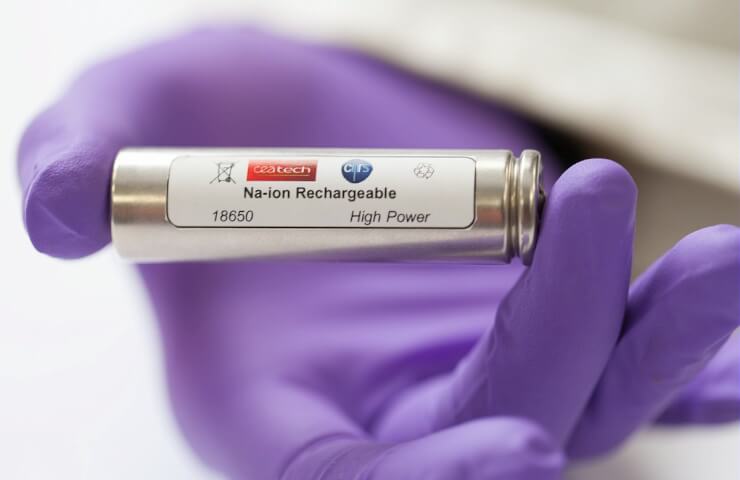Chinese researchers have developed a prototype of 3D-printed flat and flexible sodium-ion microbatteries with ultra-high areal capacity and the ability to increase ion transfer rates, according to a paper recently published in the journal Advanced Materials.
With rich sodium resources, low cost, and fast ion transfer, flat-plate batteries are a promising new source of micro-energy. However, they also have disadvantages in the form of low areal capacitance due to thin microelectrodes.
Researchers at the Dalian Institute of Chemical Physics of the Chinese Academy of Sciences have developed a 3D printing ink with appropriate viscosity and high conductivity. This material allows multi-layer printing of microelectrodes to reach very high thicknesses of around 1200 micrometers, while maintaining efficient ion and electron transfer paths.
3D-printed sodium-ion microbatteries provide an excellent capacity of 4.5 mAh/sq. cm at a low current density of 2 mA/sq. cm, surpassing the most advanced analogues in its class, according to a research article.
New batteries show improved performance - 3.6 milliamp-hours per square meter. cm at a high current density of 40 milliamps per sq. cm and reliable long service life up to 6000 cycles.
In addition, flat microelectrodes of sodium-ion microbatteries exhibit decent mechanical flexibility under various bending conditions.




